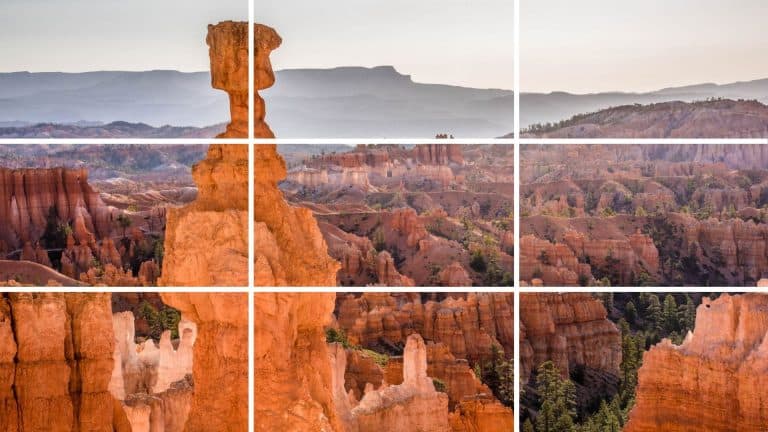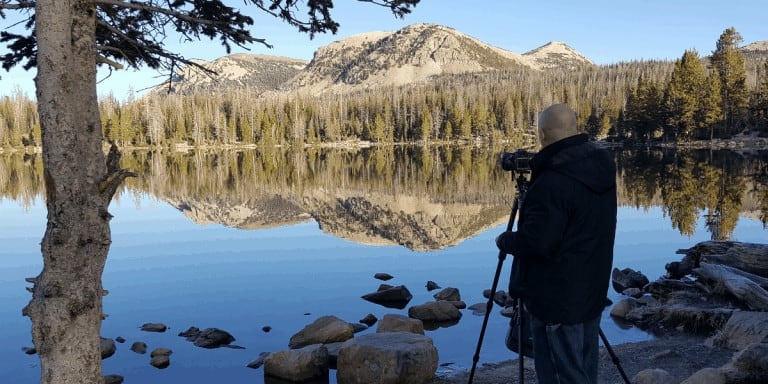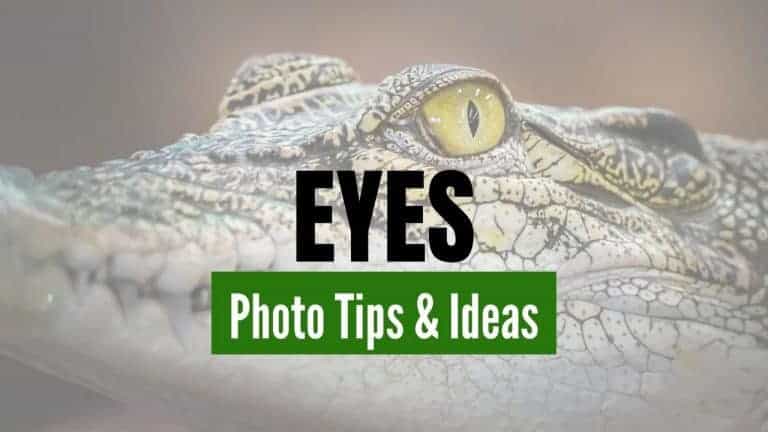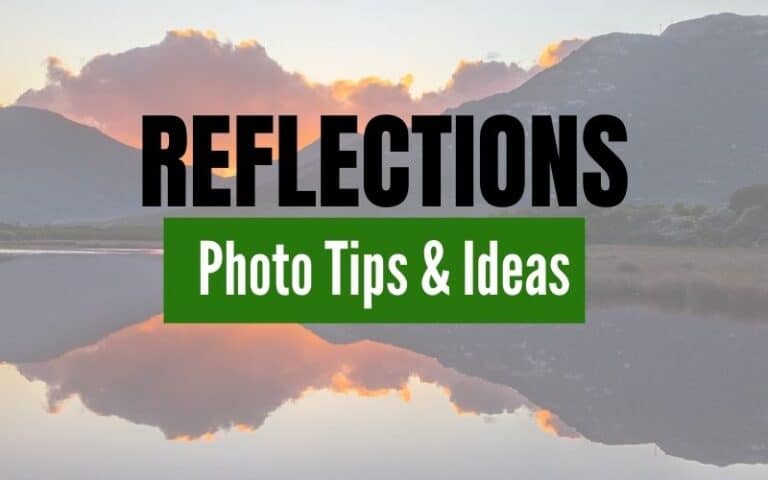Rule of Odds Photography Ideas
Take a look at these Rule of Odds photography ideas. Applying the Rule of Odds in our photographs may have a significant impact in capturing the attention of the viewer.
The Rule of Odds is a basic photography technique. Using an odd number of elements in an image will also help to focus attention on a specific object.
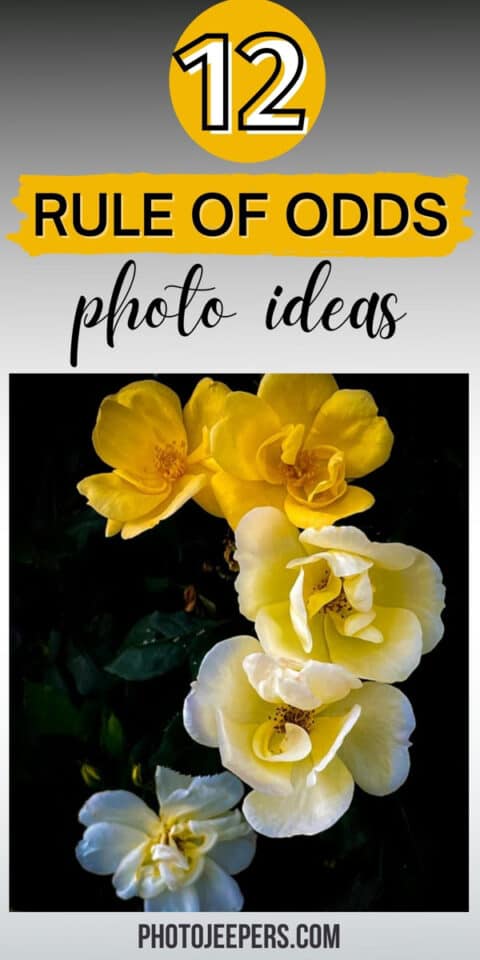
This site contains affiliate links which means WE may receive commissions for purchases made through these links. We only provide links to products we actually use and/or wholeheartedly recommend! As an Amazon Associate, we earn from qualifying purchases. Read the full Disclosure Policy.
Camera Gear for Landscape Photography
- Tripod: take a look at these compact and lightweight travel tripods!
- Camera Bag: protect your camera from sand and water → We use Lowepro camera backpacks for outdoor photography.
- Neutral density filter: to compensate for variance of light you’ll need to use a neutral density filter. → Check out the Kase magnetic filters we use!
- Camera cleaning kit: remove dust or water that WILL get on your lens. NOTE: this is not for cleaning the sensor.
- Memory cards: purchase name brand memory cards since you’re trusting your images to the card! → We use Lexar and Sandisk!
- External hard drive: copy photos to a portable external hard drive ‘just in case’.
- Headlamp: use when taking sunrise and sunset photos!
Camera Gear at B&H Photo
Rule of Odds Photography Ideas
Take a look at these photography ideas using the Rule of Odds technique shared by members of our Facebook Group, Your Photography Journey.
WATCH THE VIDEO as we discuss tips and ideas for taking photos using Rule of Odds.
Using the Rule of Odds in Photography
Applying the Rule of Odds in our photographs may have a significant impact in capturing the attention of the viewer.
When looking at pictures we naturally want to see, or establish, order. Objects or groups in even numbers feel more orderly to our minds and we feel more comfortable when we view an image with elements that can be easily organized into pairs.
An odd number of objects in an image draws us out of this comfort zone and causes us to seek order. We will look at the image longer and evaluate the elements more deeply.
Lingering Attention
In this photo by Brian Bourbeau, the seal heads immediately capture our attention. It takes more scrutiny to identify the odd number of elements in the photograph.
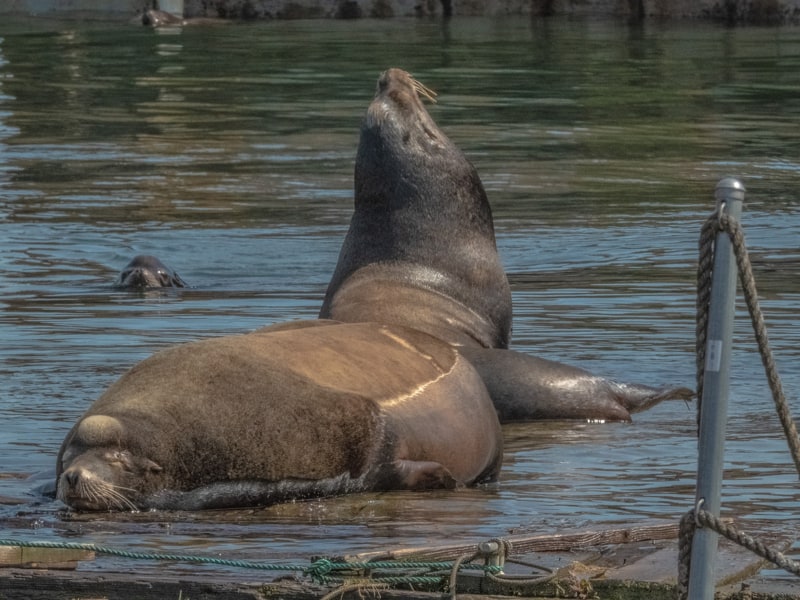
Adding to the interest of the picture is the angle of the three seals in relation to each other. The heads of the seals appear in a narrow triangle that also draws interest from the viewer.
Jim Bigham’s photograph illustrates the power of The Rule of Odds in holding our attention. The formational order of the planes is contrasted by the disorder of their odd number.
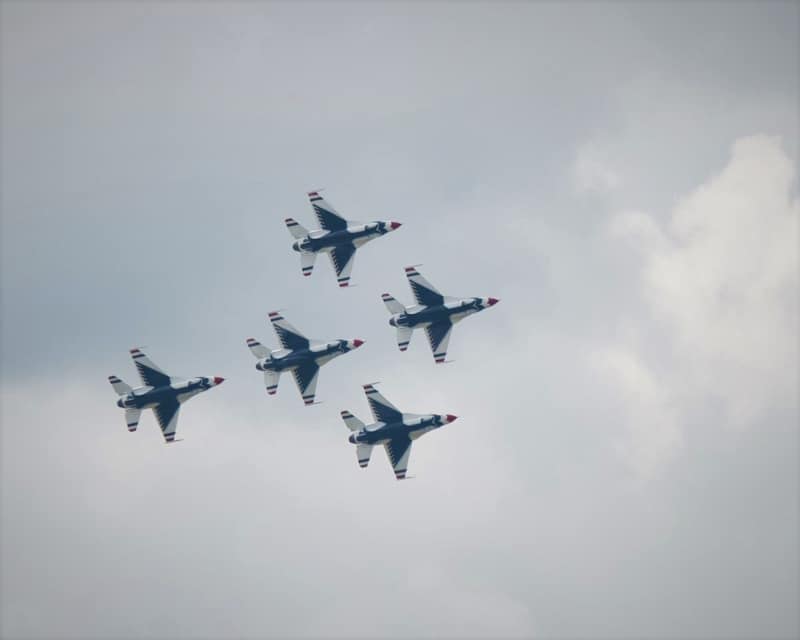
The contrast is further enhanced by the structure and details of the subject opposed by the random softness of the background.
Direct the Eye
The Rule of Odds is an effective way to draw the eye to a specific element or area of composition. Bonnie Melnichenko uses this technique to emphasize the odd number of the rounded structures within the frame of the photo.
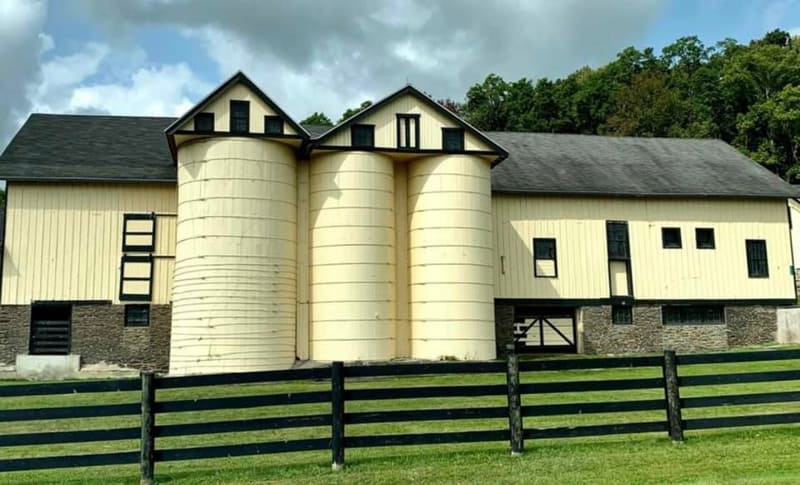
The odd number of cylindrical towers is an attention-grabbing group of elements that stand out dramatically within a busy environment.
Denise Thomason’s illustrates the value of using elements in the scene to direct the viewers’ eyes through a composition.
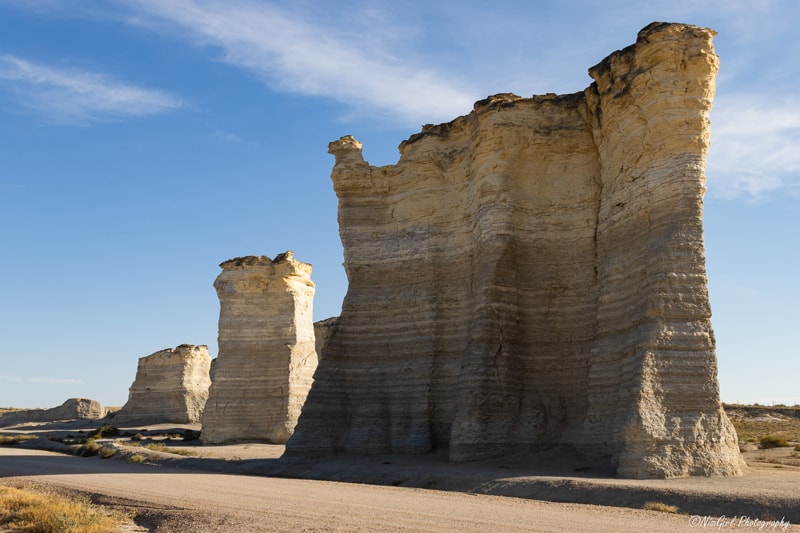
The odd number of imposing structures in the scene combined with an awesome perspective direct attention through the photograph and provide a strong sense of depth.
Depth of Field
Erik Cody Stone uses depth of field to place visual weight on an odd number of foreground elements.
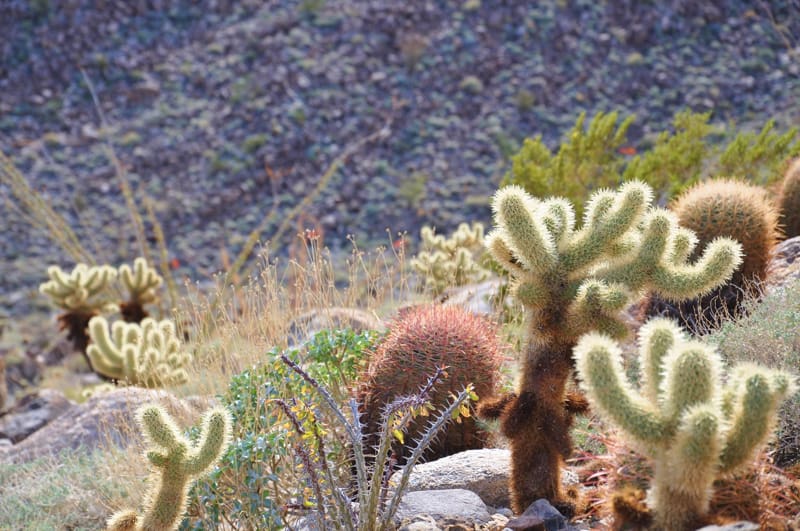
The sharpness and focus of the three cacti in the foreground isolates them from the additional elements through the photograph.
Within the frame we also see another trio of similar cacti out of focus in the mid-ground to the left, and a third trio of cacti moving through the mid-ground in the right portion of the composition.
The cactus groups also highlight the layers and depth of the scene.
William Holmes highlights the puffins in this scene by using depth of field to blur the background.
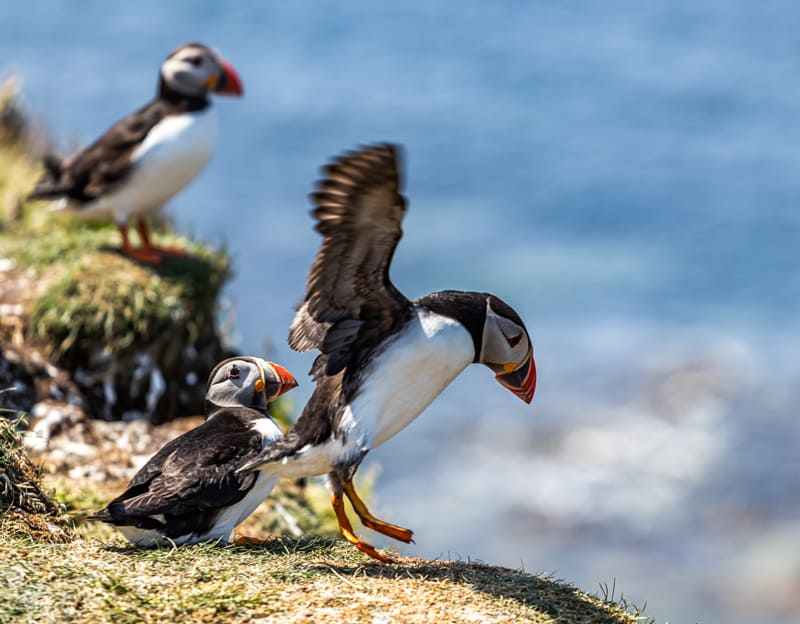
The eye is drawn to the two birds in focus in front, then moves to the third bird in the background.
Capturing movement and odd numbers are good techniques when photographing wildlife.
Get Close
Photographing odd numbers is a good technique to use when getting close to a subject.
This beautiful shot by Jeff Hall fills the frame with a stunning trio of colorful subjects.
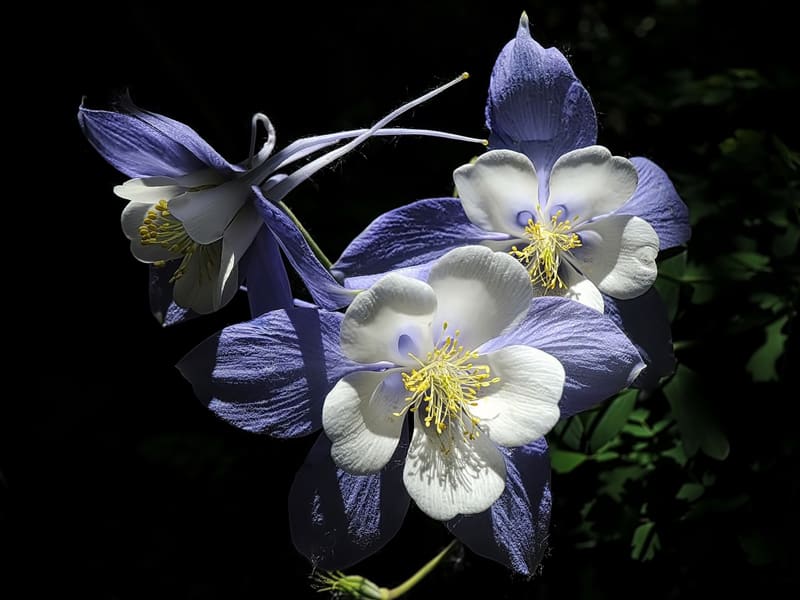
The odd number of flowers, the lighting and getting close provide immediate focus and interest in this composition.
William Davis creates impact by getting close to, and filling the frame with, the vibrant yellow flowers.
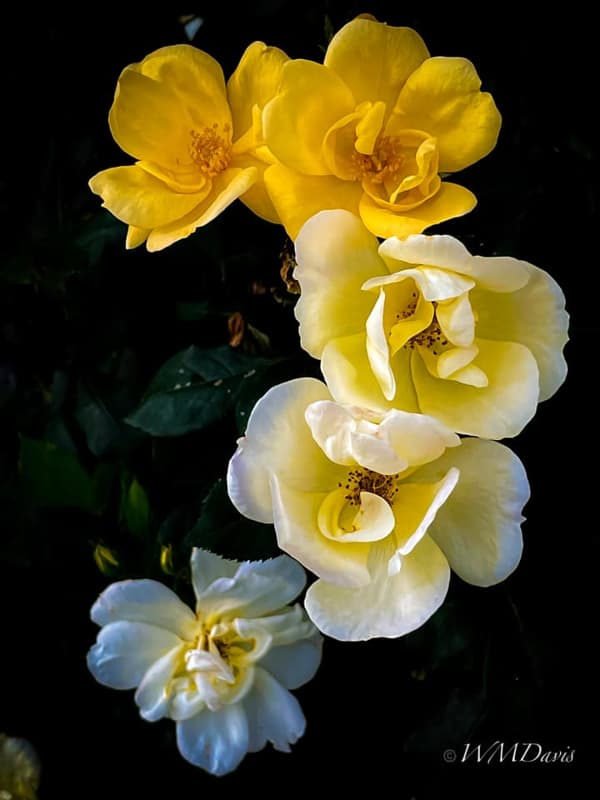
The contrast of the light on the flowers against the dark background, as well as the odd number, provide immediate focus on the subject.
Creativity
Melanie Loughery captures a photo with a fun juxtaposition of odd numbered subjects.
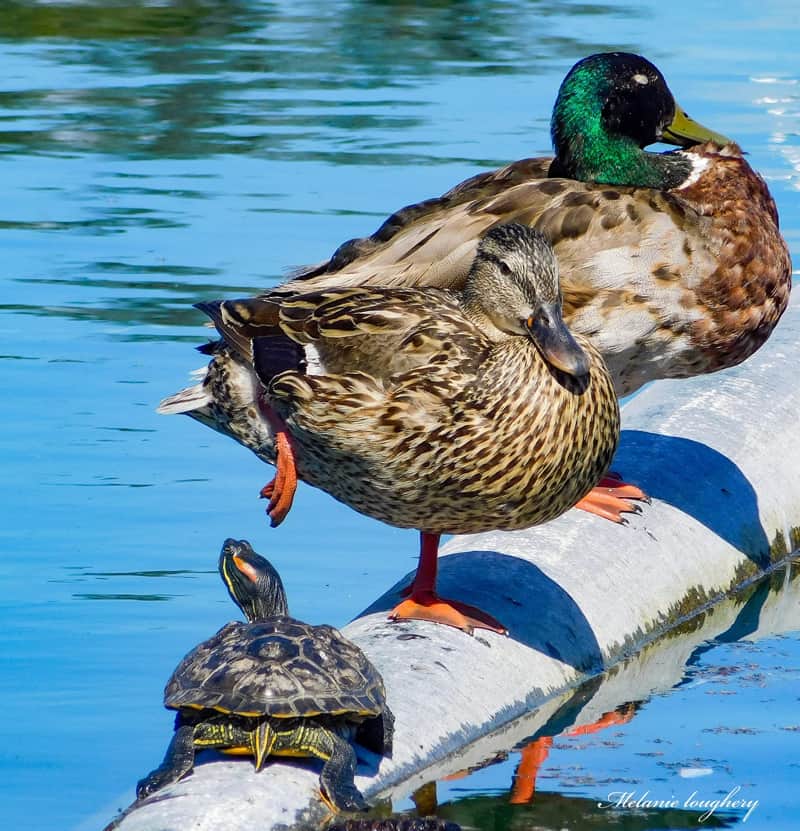
The composition includes two ducks and one turtle. This photo has an odd number of animals, but also shows a scene where the turtle is the odd one because it’s not the same as the other two.
Tony Kendrick also takes a creative approach to sport photography and an odd number of subjects.
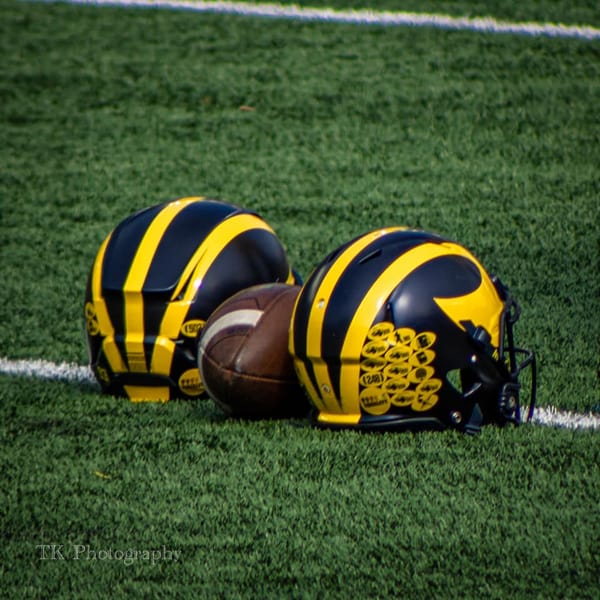
The football is isolated in the image by its placement and uniqueness among the other two objects.
Highlighting the helmets and football is a good technique to tell the story or theme of this photo.
Focal Point
This photo by Jason Stedry shows geometrical placement of the three hammocks to establish a perimeter that directs our eye and focus within the composition.
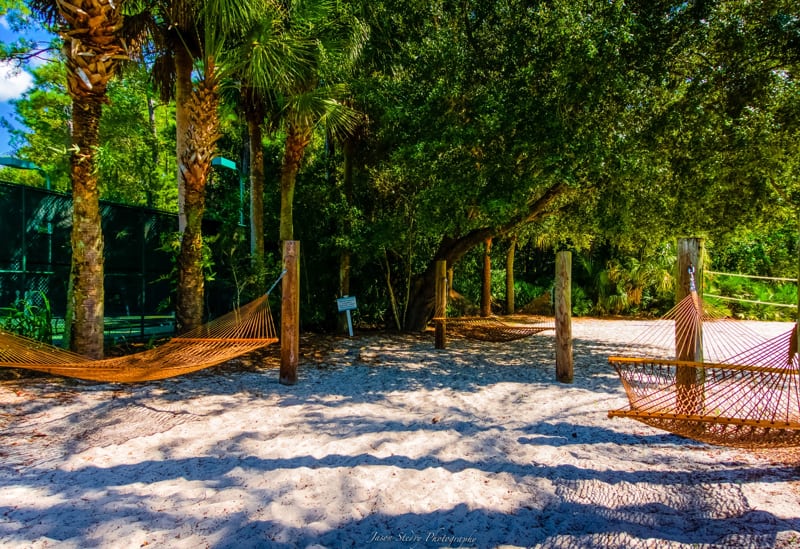
The layers of the hammocks and trees also provide depth as our eye moves through this relaxing scene.
Roy Goldsberry captured odd-numbered elements found in this scene from Yosemite National Park.
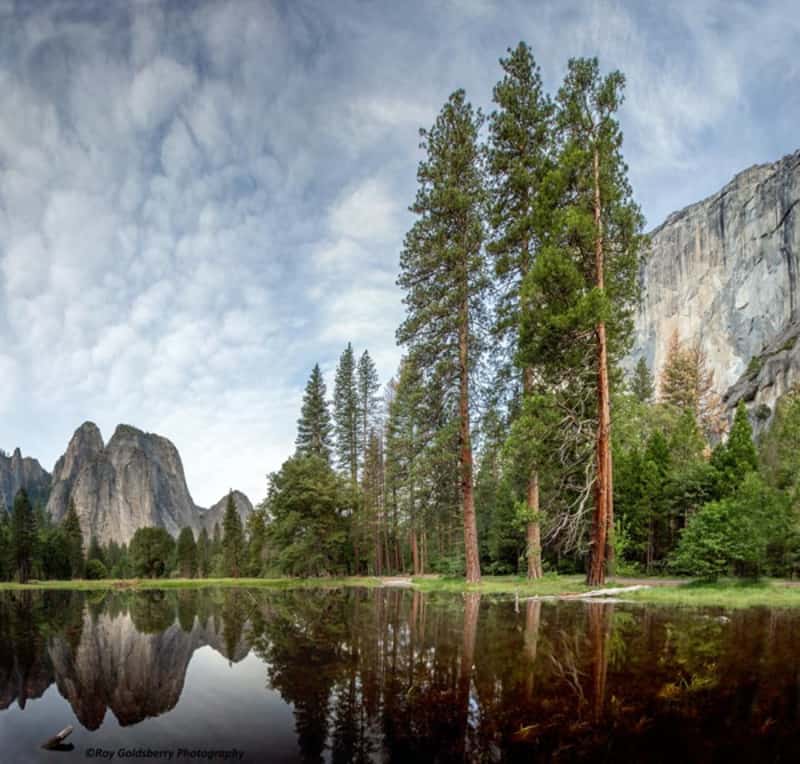
The three trees serve as a point of focus to draw the eye. Using foreground, midground and background, the viewer’s eye can then move through the scene to appreciate all the elements that come together in the composed image.
AMAZON Landscape Photography Books:




